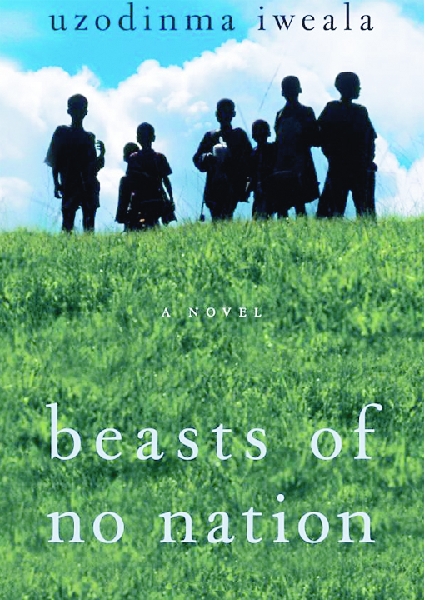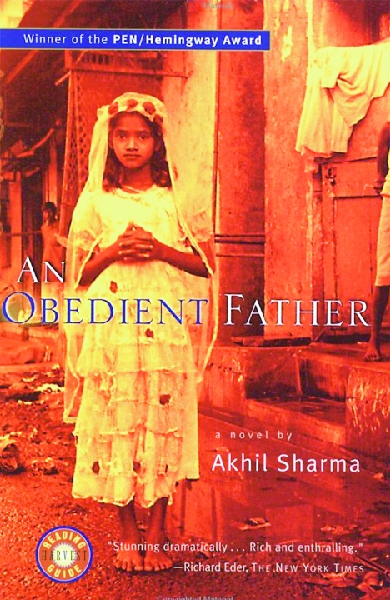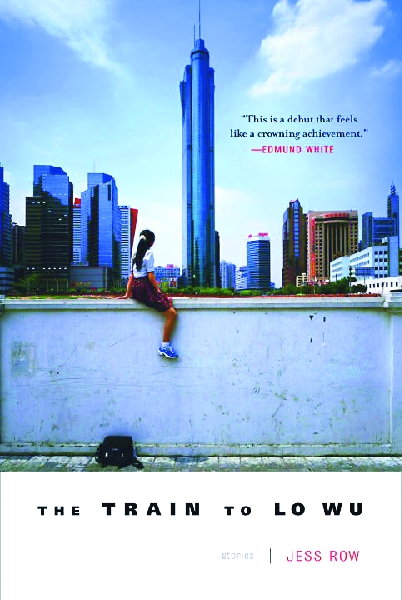Book News
Daniel Alarcon
Judy Budnitz
Kevin Brockmeier
Christopher Coake
Anthony Doerr
Jonathan Safran Foer
Nell Freudenberger
Olga Grushin
Dara Horn
Gabe Hudson
Uzodinma Iweala
Nicole Krauss
Rattawut Lapcharoensap
Yiyun Li
Maile Meloy
ZZ Packer
Jess Row
Karen Russell
Akhil Sharma
Gary Shteyngart
John Wray











